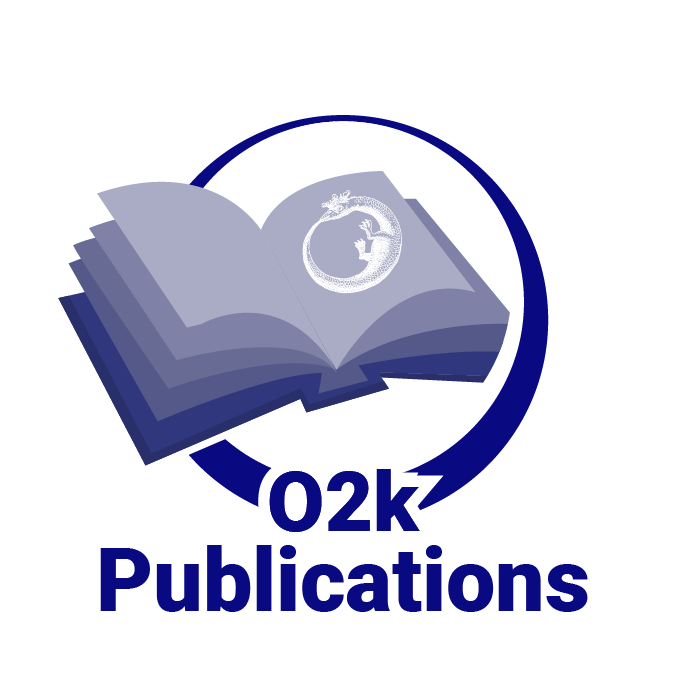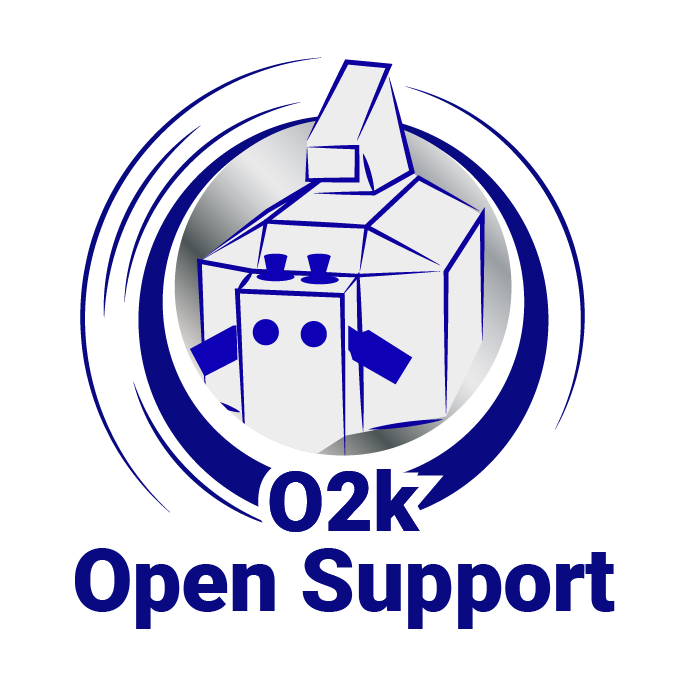From Bioblast
Revision as of 12:26, 7 September 2018 by Pranger Florian (talk | contribs) (Created page with "{{Template:OROBOROS header page name}} == The grant == ::::* '''Project duration: ''' 12 months (project start 2018-08-13) ::::* '''Partners:''' Department of Mathematics, Pr...")
Innovationsscheck PLUS 2
The grant
- Project duration: 12 months (project start 2018-08-13)
- Partners: Department of Mathematics, Prof. Markus Haltmeier, University of Innsbruck
- Funding: € 10.000
Concept
Title of the project:
- Deconvolution algorithms for signal reconstruction
Motivation:
- In order to fully exploit the potential of our laboratory equipment, we need to correct our data by the sensor delay. The standard algorithms for this correction have the disadvantage that they amplify an existing sensor noise disproportionately strong. We therefore need a partner who has specialist knowledge in the field of signal processing and signal reconstruction. This innovation check allows us to hire a proven expert in this field and thereby make our products more competitive in the marketplace.
Contribution of our scientific partner:
- Our scientific partner will produce two example implementations of a deconvolution algorithm tailored to our problem: once with an iterative reconstruction method, and once with a deep-learning method based on neural folding networks. The sample implementations should be written in either Python, C, C ++, or Matlab. The iterative method is less complex to implement and better established, but modern deep learning methods are potentially numerically more efficient and even more accurate. Based on the sample implementations and their documentation, we will be able to integrate these algorithms into our software.
Expected outcomes:
- The new deconvolution algorithm will help us not to unnecessarily degrade the signal-to-noise ratio and to eliminate systematic effects of sensor delay in oxygen kinetics experiments. As a result, our devices are becoming even more precise.




